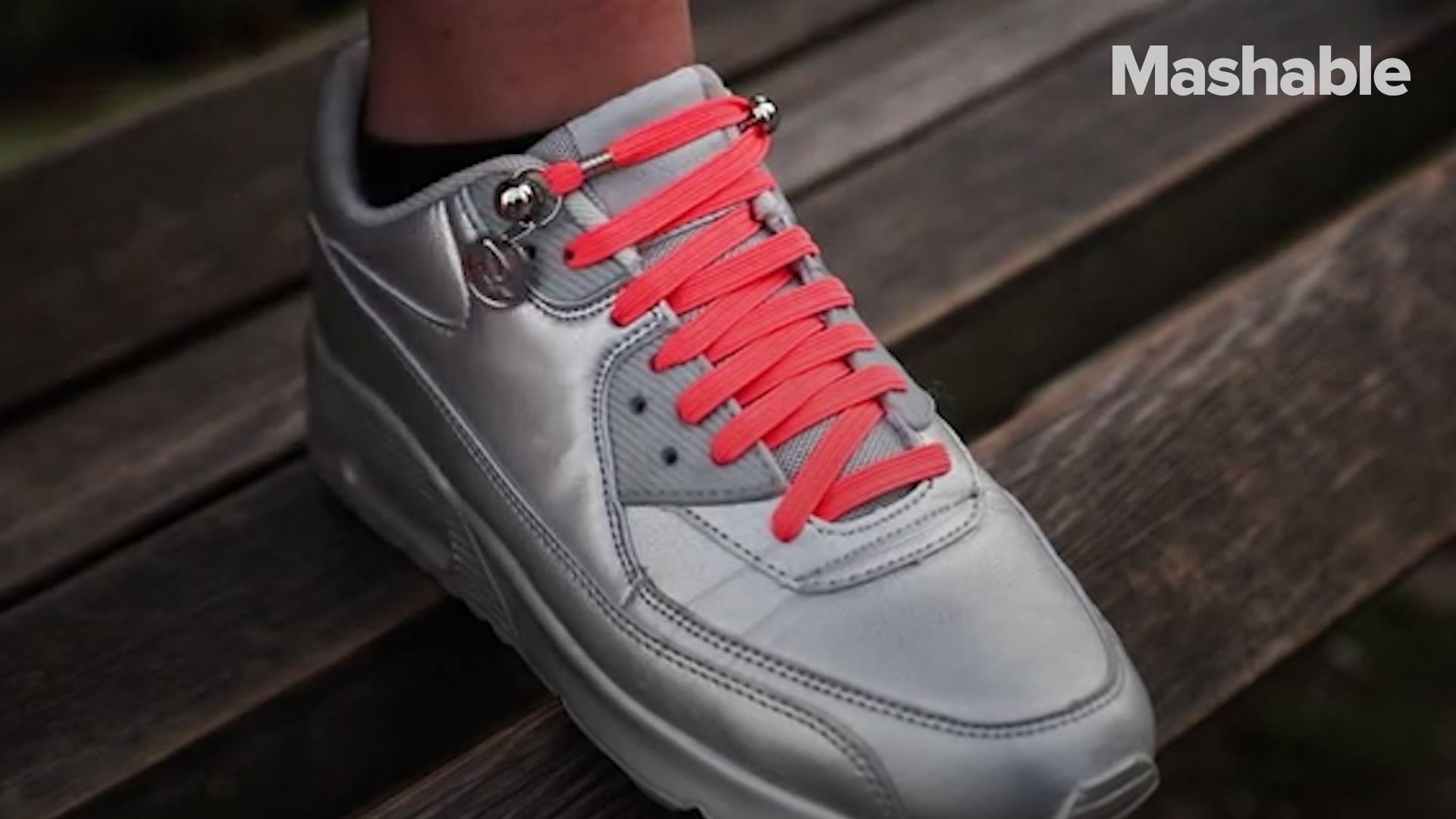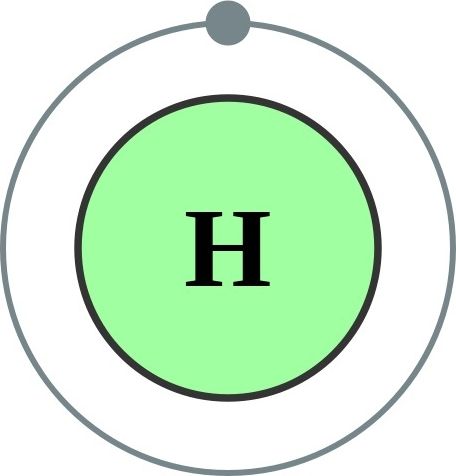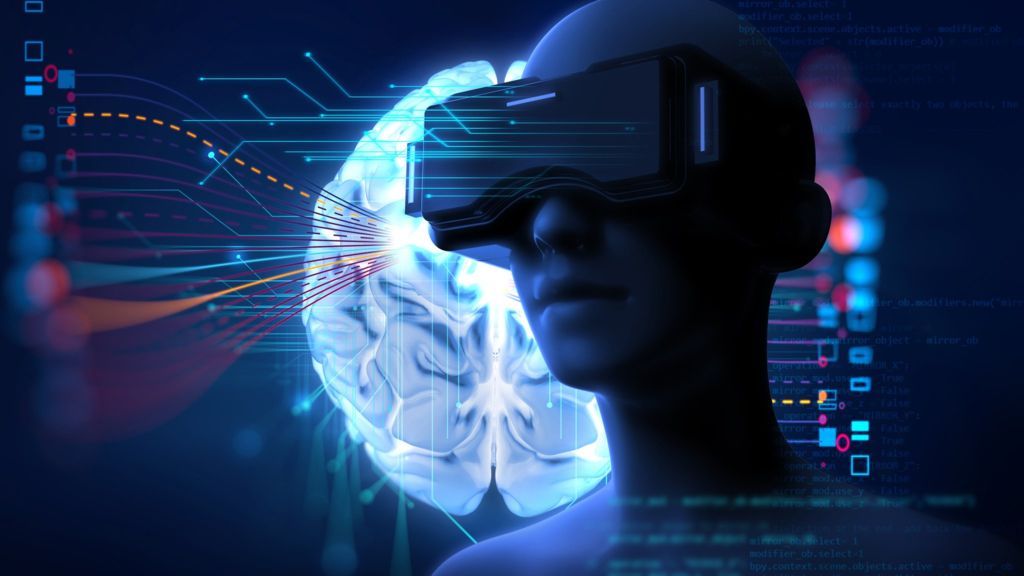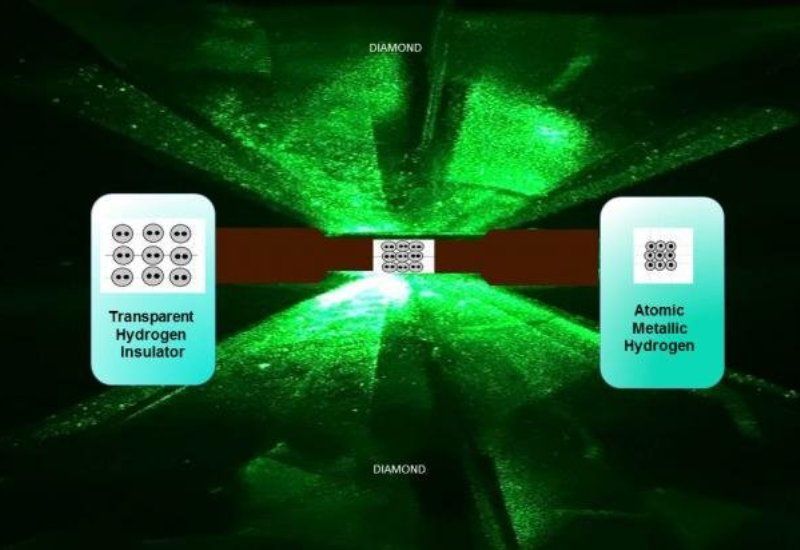Scientists have long been perplexed by the mystery of how Earth got its water, with many suggesting it formed after icy comets collided with our planet billions of years ago.
But, a new study suggest it may have been born within Earth itself.
New computer simulations show how reactions between liquid hydrogen and quartz in the upper mantle could form water – and the researchers say this could trigger earthquakes deep below the surface.
For over 80 years, scientists all round the world have dreamt of converting hydrogen, the first element of the periodic table, into a metal. And now, after hundreds of failed attempts in the history, scientists from U.S. have finally managed the feat by compressing hydrogen so profoundly that it has turned into a metal!
Back in 1935, physicists Hillard Bell Huntington and Eugene Wigner proposed a theory that hydrogen, which normally exists in a gaseous state, could transform into metallic state once exposed to extreme pressure. Since then many scientists have tried to practically prove the theory — albeit unsuccessfully. However, this discovery, which was published in the journal ‘Science’ on Thursday, is the first confirmation of the theory.
The metallic hydrogen is a potential superconductor, a material with extraordinary electricity conducting capabilities, a quality which makes it a very expensive metal. But it holds the ability of revolutionizing the world of ultra fast super computers, high speed levitation trains, or any other thing which involves conduction of electricity.
Virtual reality could be used to diagnose and treat visual vertigo, according to a team of Cardiff University psychologists.
People with the condition suffer from dizziness and nausea and often cite places with repetitive visual patterns, such as supermarkets, as the trigger.
A team of psychologists is working to develop virtual environments to help with diagnosis and rehabilitation.
Universal soldier is here.
http://mirrorspectrum.com/behind-the-mirror/darpa-geneticall…dier-army#
Super soldier army is not just something typically seen in the science fiction movies. This project is a reality.
DARPA licenses embedded FPGA tech for U.S. government projects.
The Defense Advanced Research Projects Agency, also known as DARPA, just signed an agreement to work with Flex Logix, a semiconductor start-up, to develop the young company’s EFLX embedded FPGA technology for use by any company or government agency designing integrated circuits for the U.S. government.
FPGAs have been widely used in systems since the 1980s and, at the system level, provide flexibility and programmability different from what processors can do. Many years ago, ARM took the idea of a processor chip and offered a processor architecture, which could be embedded in chips. Although it took time, embedded processors are now nearly ubiquitous. Flex Logix is doing the same for embedded FPGAs.
Intelligence Advanced Research Projects Activity (IARPA), the intelligence community’s research arm, will soon launch two programs designed to detect fake fingerprints and develop devices to collect fingerprint data without the aid of a human operator, according to a report by GCN.
The Odin program, which is scheduled to begin with four prime developers in early March, will develop detection technologies that can spot presentation attacks on biometric devices that attempt to spoof physical biometric samples, said Chris Boehnen, senior program manager at IARPA.
Boehnen said that prosthetic fingers, fake fingerprints made with wood glue and other tactics can dupe current fingerprint sensors.
Squeezed between two pieces of man-made diamond in the laboratory, hydrogen has finally been transformed into a metallic form that is believed to exist inside planets such as Jupiter, scientists revealed last Thursday.
Metallic hydrogen, deemed the rarest and potentially among the most valuable on Earth, was theorized almost a century ago. If certain theoretical predictions hold true, the hydrogen could turn into a solid metal that can remain solid once crushing pressure is removed. It could also serve as a room-temperature superconductor, conducting electricity sans resistance.
“This is the holy grail of high-pressure physics,” said Harvard physics professor Isaac Silvera, who created the material along with postdoctoral fellow Ranga Dias.
Here is a thought besides Robots with muscles; Robots working out in gyms or robot body builders. We’re already talking about Civil Rights for Robots and muscle for tough robots. Why not a gym along with the pyschologist for robots. And, don’t get me started on the whole substance abusing robots.
Video Friday is your weekly selection of awesome robot videos, collected by your Automaton bloggers. We’ll also be posting a weekly calendar of upcoming robotics events for the next two months; here’s what we have so far (send us your events!):









